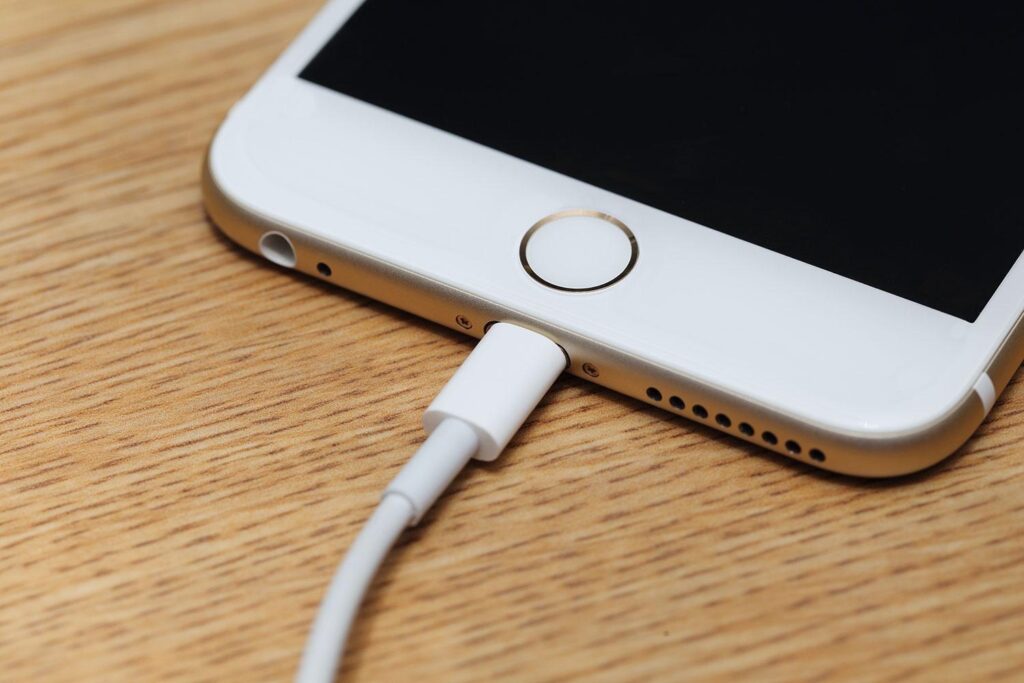
If you want to buy an usb power adapter that can charge your smartphone, tablet, laptop and other devices, there are a few things to consider. Speed is what separates the wheat from the chaff, although a new standard is not only ideal for iPhones.
Most users do not only have one device whose battery they charge via a USB port. And so the various power supplies in some households occupy entire socket strips. It doesn’t have to be, because you can actually charge any device with a USB port on any usb power adapter, as long as you have the right cable. This also includes notebooks with a USB-C port.
In practice, however, this is a little more complicated. Sometimes there is no electricity at all if you are not using the original accessories, the battery often fills much more slowly than with the supplied charger, but it is not uncommon for a smartphone to be refueled significantly faster using alternative power supplies. Why that is and what do you have to look out for when buying a universal charger?
There is no such thing as too much
Basically, you should choose a power supply that is powerful enough to power the most demanding device. You don’t have to worry that this could be dangerous for a smartphone and other more frugal devices, the battery electronics take care of it. Rather, the problem lies in identifying whether a charger meets the requirements. To do this, you first have to know what the information on the power supply means. The charging current, which is measured in amperes (A), is of particular interest. It should be as high as possible, although currently no more than 5A is possible.
The voltage (volts) is also important. However, “the higher the better” does not apply to it; it must supply exactly the input voltage required by the receiver device. For smartphones and tablets this is 5 volts (V), for laptops it is usually 18 to 20 V. The output is given in watts (W) and results from multiplying the current and voltage. Conversely, you can also determine the charging current by dividing watts by volts.
Incompatible standards
Usually each output of a power supply has a fixed combination of voltage and maximum possible current. However, modern chargers can output different voltages to a USB-C port if it supports USB Power Delivery (USB-PD). Voltages of up to 20 V can be present at these outputs, which means that at 5 A, a maximum power of 100 watts is possible. A chip in the USB-C cable determines which combination is the right one.
If possible, you should buy a USB-PD-capable universal power supply with additional connections for incompatible devices. There are already many good electricity filling stations with this kind of equipment for 20 to 40 euros. If you just want to fill up smartphones, tablets, etc., a 5-volt charger will do the same.





More Stories
Vietnam’s One-stop SOLIDWORKS & Training Partner
Nomad Internet Launches Industry-First Program Paying Customers for Returning Modems
Nomad Internet Launches “NomadCares” $75 Redemption Program – A Lifeline for Rural and Underserved Americans Struggling with Internet Debt.